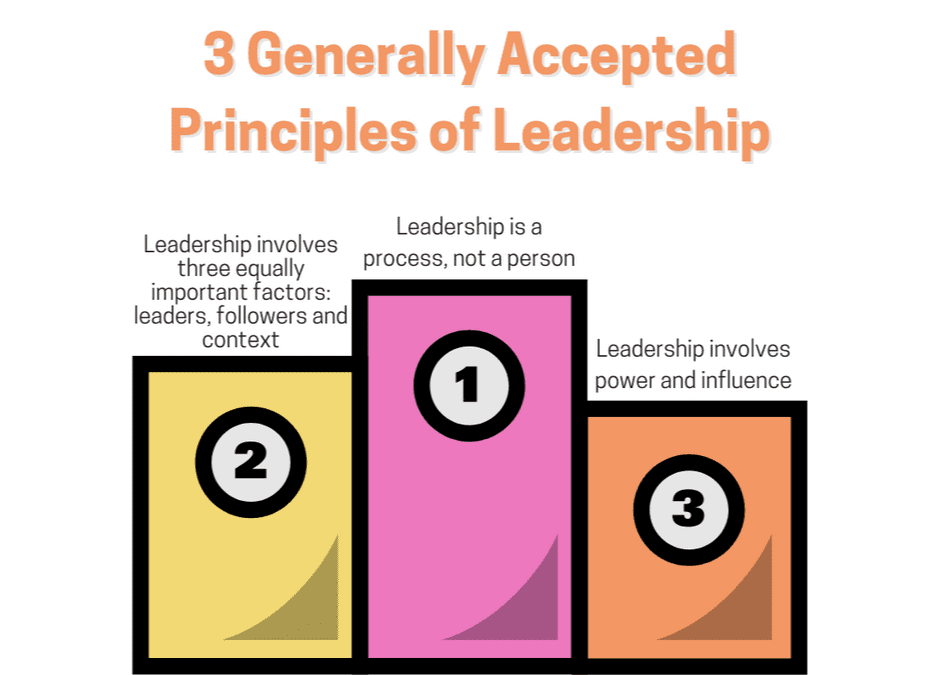We need to establish a fundamental understanding of leadership. I am not referring to grand pronouncements, prescriptions, or ideals of leadership, much of what currently monopolizes the leadership industry. You know what I am talking about. The stuff that make us feel good, that inspires us. In a time of increasing polarization and divisive commentary, when people want to be inspired and want to feel good, it becomes too easy to offer leadership prescriptions. Or to simply retell stories of heroic leaders.
Are such things uplifting? Perhaps. Motivational? For a moment. Useful for meaningful leadership development? Surely not. We have failed ourselves, our organizations, and our communities by subscribing to the pseudoscience of popular leadership myths. We need to anchor our conversations about leadership development in the science, based on what the research tells us. Otherwise, we might feel good about our leadership development initiatives, which are often rah-rah programs grounded in good storytelling and entertainment, but we will come up short in developing leadership.
We are better than this. And for this reason, I am going to reboot the leadership development conversation by sharing with you three generally accepted principles of leadership.
Principle #1: Leadership is a process, not a person. Leadership and leaders are two different concepts and they should not be used synonymously. For example, when someone states that “we need good leadership”, we should not think that they mean “we need good leaders”. Leadership is a process, leaders are people. Think of leadership as the big “L” and leaders as the small “l”.
Principle #2: Leadership involves three factors: leaders, followers, and context. These three factors interact to impact the leadership process. There are no leaders without followers, and leaders are only as good as their followers. Their combined impact on the leadership process depends largely on their effectiveness given the context in which they are operating.
Principle #3: Leadership involves power and influence. Leaders and followers need power to influence the leadership process. If leaders and followers effectively use power to influence the leadership process, then they will help get the right results. Ultimately, leadership is about getting the right results.
These three generally accepted principles combine to form the foundation of leadership that organizations can use to guide their leadership development efforts. This foundation positions leadership as a dynamic process involving three factors–leaders, followers, and context–to realize an established direction, alignment, and commitment for achieving long-term superior organizational performance (sustainable validity). Based on this understanding of leadership, here are four important leadership development components.
Component #1: Leadership development requires continuous assessment, evaluation, and related improvements because leadership is a dynamic process, not static.
Component #2: Organizations need to focus on developing both leaders and followers, regardless of title and position, in relation to the context and the ever-changing situation. Therefore, organizations should have a comprehensive plan to develop high performers throughout the organization.
Component #3: Organizations need to have clearly defined expectations. The concept of direction, alignment, and commitment, introduced by the Center for Creative Leadership, requires expectations.
Component #4: Every initiative related to leadership development should move the organization toward achieving long-term superior organizational performance.
The purpose of this entry is to stimulate critical thinking, encourage dialogue, and inspire the tough work required for designing leadership development programs that generate meaningful results.
(Adapted from my ‘On Leadership’ column published by the Reading Eagle Business Weekly on 9-11-18)
